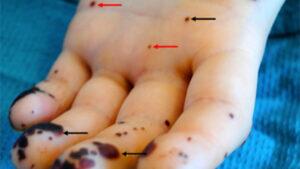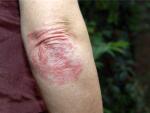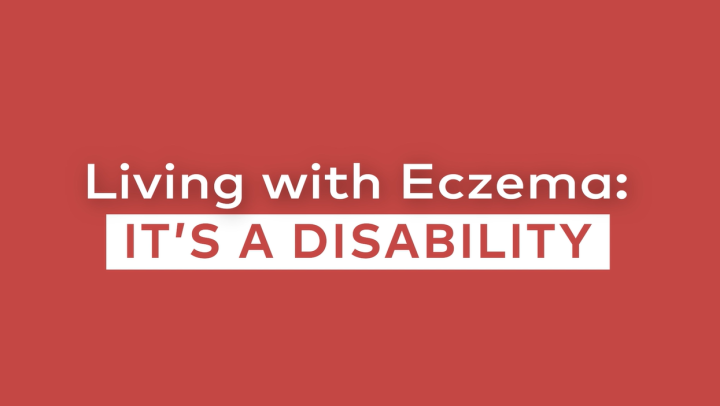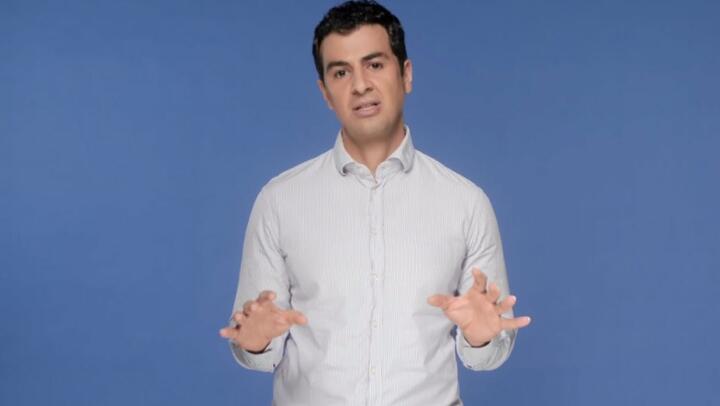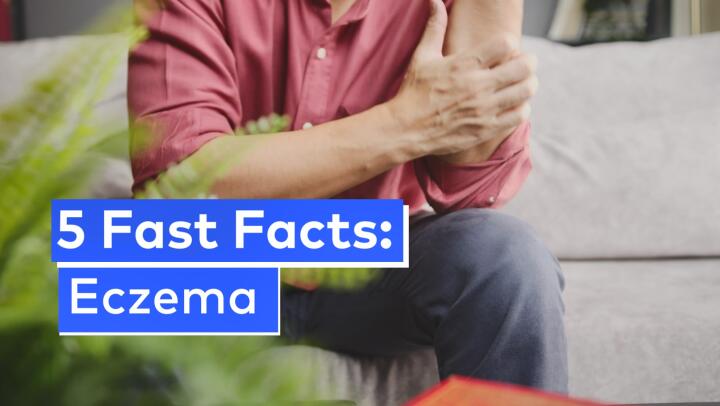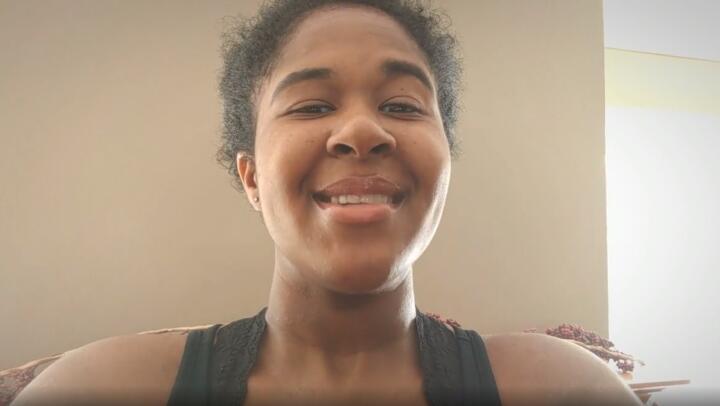Most cases of Janeway lesions
Read on to learn more about Janeway lesions, including their causes, symptoms, and treatment.
What are Janeway lesions?

Janeway lesions are skin patches that develop on the palms and feet. They
Most cases of the condition indicate infective endocarditis, a heart infection. Sometimes, it can signify other conditions, such as systemic lupus erythematosus (SLE).
- Non-tender: The lesions do not hurt when you touch them.
- Hemorrhagic: The lesions typically bleed into the skin.
- Necrotic: The lesions consist of dead tissue.
Janeway lesions and endocarditis
Janeway lesions are a common manifestation of infective endocarditis.
Infective endocarditis causes inflammation in the heart’s valves and lining. It is
According to the
- Acute type: This develops suddenly and progresses quickly.
- Subacute or chronic type: This develops slowly over weeks to months.
Other symptoms of infective endocarditis include:
- fever and chills
- lethargy
- night sweats
- shortness of breath
- aching joints and muscles
- chest pain or palpitations
In some cases, splinter hemorrhages
Seek immediate emergency treatment if you have Janeway lesions or other symptoms of endocarditis.
Osler nodes vs. Janeway lesions
Janeway lesions commonly occur with Osler’s nodes.
Osler’s nodes are also a type of skin lesion. They
There are many similarities between Janeway lesions and Osler’s nodes. However, there are noteworthy differences, too.
Osler’s nodes are
What do Janeway lesions look like?
Janeway lesions usually have the following features:
- Borders: irregular or ill-defined
- Elevation: flat
- Color: red to bluish-red
- Distribution: multiple or in clusters
They may be slightly harder to spot in people with dark skin because the lesions may appear a similar color to a person’s skin.
Show your signs to your doctor for prompt diagnosis and treatment.
Pictures
What causes Janeway lesions?
Janeway lesions are a common sign of infective endocarditis. Infective endocarditis results when bacteria enter the bloodstream and settle in the heart’s lining.
Several types of bacteria can cause infective endocarditis, including:
- staphylococci
- streptococci
- enterococci
- pseudomonas
- bartonella
Staphylococci, streptococci, and enterococci
Other causative pathogens include:
- hemophilus species
- aggregatibacter species
- cardiobacterium species
- eikenella species
- kingella species
The following factors
- having a structural or congenital heart disease
- having prosthetic heart valves
- having previously undergone invasive procedures
- using intravenous medicines
The exact reason infective endocarditis causes Janeway lesions is uncertain. However, experts believe bacterial growth in the blood vessels may be involved.
How do you treat Janeway lesions?
Your doctor will treat Janeway lesions by addressing infective endocarditis.
The
- penicillins (Piperacillin)
- cephalosporins (Cefazolin)
- carbapenems (Doripenem)
Your doctor will initially conduct some blood tests to determine the most suitable antibiotic to give you. They will also admit you to the hospital so you can receive the antibiotic intravenously or through a drip.
If your condition calls for it, your doctor may complement the antibiotic therapy with surgery. Surgery will focus on repairing the damaged heart valve and draining any abscesses.
Overall, the duration of your treatment
What is the outlook for Janeway lesions?
The lesions may also occur with endocarditis-related complications, such as:
- congestive failure
- sepsis
- meningitis
- enlarged spleen
- stroke
- kidney damage
- heart attack and heart failure
- heart block and heart valve damage
- brain abscesses
Infective endocarditis can often be
These measures include:
- observing proper oral hygiene
- taking good care of your skin
- visiting your dentist for a dental checkup every 6 months
- taking preventive antibiotics if you have a high risk for infective endocarditis
Remember to speak with your doctor before using preventive antibiotics.
Summary
Janeway lesions are skin patches that develop on the palms and feet. They usually indicate infective endocarditis.
Infective endocarditis causes inflammation in the heart valves or lining. It results when bacteria, such as staphylococcus aureus, enter the bloodstream and settle in the heart lining.
Janeway lesions commonly occur with Osler’s nodes. Osler’s nodes are painful spots with raised edges and a red-to-purple color.
Treatment for Janeway lesions focuses on addressing infective endocarditis. Methods include antibiotics and surgery.
Make an appointment with your doctor if you have a Janeway lesion or other symptoms of infective endocarditis.

